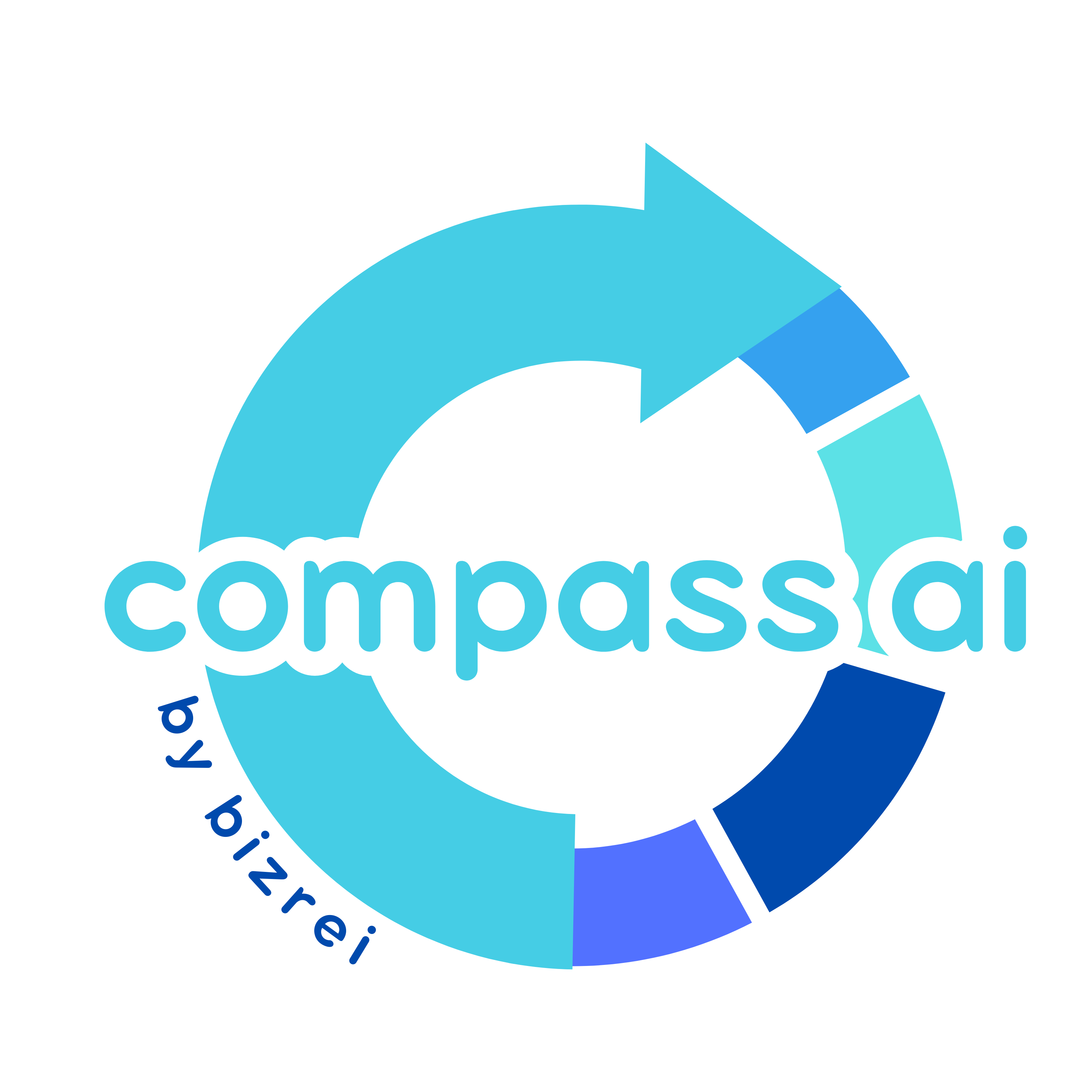Checksum
User session-based testing for higher quality output.
QA bugs automation developerTool Information
| Primary Task | App testing |
|---|---|
| Category | technology-and-development |
| Sub Categories | quality-assurance-testing bug-tracking workflow-automation |
| Open Source | Yes |
| Country | United States |
| Industry | information technology & services |
| Technologies | Gmail, Google Apps, Amazon AWS, Google Cloud Hosting, Mobile Friendly, Google Tag Manager, YouTube, Linkedin Marketing Solutions, Facebook Custom Audiences, Facebook Widget, Facebook Login (Connect), React Native, Android, Remote, Reviews, AI |
| Website Status | 🟢 Active |
Checksum.ai is an end-to-end (E2E) automation testing tool that converts user sessions into a comprehensive testing automation pipeline for faster testing without compromising quality. The tool automatically generates and maintains E2E tests based on user sessions, reducing development time and allowing teams to focus more on shipping. It uses machine learning (ML) models specifically trained on the software's production sessions for full coverage. The tool does not require maintenance, as its AI adaptation updates tests to code changes and flakiness. Checksum.ai offers an integration process that is quick and easy. A seed test user on the production or staging environment is provided to generate tests, and the javascript software development kit (SDK) is integrated by pasting three code lines when the application is mounted. Integration is made simple with the tool's automatic and privacy-centric data collection. The data collected is similar to Fullstory or Hotjar, but inner texts are hashed for user privacy. Test results are generated using open-source frameworks such as Cypress or Playwright, and issues are detected immediately, reducing firefighting and speeding up code reviews. The tool offers an FAQ section that addresses common concerns, including how tests are generated, how new features are tested, what tests are generated and what data it collects. Checksum.ai's algorithms extrapolate from production sessions, learning user interface conventions, and generating tests for new features on the spot. The tool records user sessions in a similar way to Fullstory or Hotjar, hashes inner texts for privacy, and allows configurable privacy controls for sensitive elements. Despite its robust functionality, the tool has a non-existent impact on performance, using open-source tools used by Fortune 500 companies.
Checksum.ai is an AI-powered end-to-end test automation platform based in San Francisco. The company focuses on transforming real user behavior into automated testing pipelines, helping software teams maintain high-quality releases while speeding up development cycles. With a team of 13 employees, Checksum.ai specializes in autonomous QA solutions that significantly reduce manual testing efforts.
The platform offers several key services, including automated test generation that converts user sessions into tests, a self-healing test suite that adapts to code changes, and real user session analysis for comprehensive test coverage. It integrates seamlessly with GitHub for easy test updates and supports modern CI/CD tools. Checksum.ai's features allow users to define tests in natural language and ensure tests evolve with new features, enhancing both speed and reliability in software development.
| Pros |
|---|
|
| Cons |
|---|
|
Frequently Asked Questions
1. What is Checksum.ai and what does it specialize in?
Checksum.ai is an end-to-end (E2E) automation testing tool that specializes in converting user sessions into a complete testing automation pipeline. It facilitates higher quality testing outputs and allows for faster testing without sacrificing quality.
2. How does Checksum.ai use user sessions in its testing process?
Checksum.ai uses user sessions to generate and maintain E2E tests. The tool is designed to reduce development time and enables teams to focus more on product development by automatically constructing E2E tests based on the user sessions.
3. How does Checksum.ai ensure higher quality testing output?
Checksum.ai ensures higher quality testing output by automatically transforming user sessions into a comprehensive testing automation pipeline. This aids in testing the application extensively without skipping any feature, thus preventing the introduction of new bugs and reducing the firefighting, leading to a more quality output.
4. What is the role of machine learning models in Checksum.ai?
Machine learning models in Checksum.ai are specifically trained on the software's production sessions allowing for full testing coverage. These models learn user behaviour from user sessions, and are used to generate tests. The ML models then conduct edge case testing and produce automated tests, thus playing a significant role in the testing process.
5. What are the maintenance requirements for Checksum.ai?
Checksum.ai does not require maintenance. It is designed with a self-adapting AI that adjusts and updates the tests according to the modifications in the code and flakiness.
6. How does the integration process for Checksum.ai work?
The integration process for Checksum.ai is designed to be fast and straightforward. It consists of integrating a Javascript SDK by pasting three lines of code when the application is launched. A seed test user is provided on the production or staging environment to generate tests.
7. Can you project the kind of data Checksum.ai collects for its operations?
Checksum.ai collects data similar to tools like FullStory or Hotjar, recording user sessions for training the models. All the inner texts are hashed to ensure user privacy. The tool also requires a seed test user from the production or staging environment to generate tests.
8. What is the role of the JavaScript SDK in Checksum.ai and how is it integrated?
The JavaScript SDK in Checksum.ai is important for integrating the tool into the application. It is as simple as pasting three lines of code when the app is mounted. This SDK helps the tool record user sessions and generate tests based on this data.
9. How does Checksum.ai ensure user privacy during data collection?
To ensure user privacy during data collection, Checksum.ai hashes all inner texts so no sensitive information is stored. It also offers configurable privacy controls to mask any events from sensitive elements. The tool also offers full privacy settings so sensitive elements can be masked.
10. What frameworks does Checksum.ai use to generate test results?
Checksum.ai uses open source frameworks such as Cypress or Playwright to generate its test results. These frameworks are commonly used for E2E testing in modern JavaScript applications.
11. How does Checksum.ai help in speeding up code reviews and reducing firefighting?
Checksum.ai assists in speeding up code reviews and reducing firefighting by implementing automatic E2E test generation based on user sessions. This allows the team to find and address bugs instantly, thus reducing the time spent problem-solving post-production issues and speeding up the review period.
12. How does Checksum.ai generate tests for new features?
Checksum.ai's algorithms can extrapolate from production sessions, learning user interface conventions and generating tests for new features instantaneously, without needing any new sessions.
13. How does Checksum.ai record user sessions and what measures are in place for user privacy?
Checksum.ai records user sessions in a manner similar to tools like FullStory or Hotjar. To ensure user privacy, all the inner texts are hashed so sensitive information isn't stored. The tool also offers full privacy controls allowing for masking of any events from sensitive elements.
14. What impact does Checksum.ai have on system performance?
Checksum.ai has a non-existent impact on performance. It uses battle-tested open-source tools that are used by Fortune 500 companies, ensuring reliability and efficient handling of resources.
15. Can you use Checksum.ai to run tests with open source frameworks?
Yes, Checksum.ai can run tests with open source frameworks. It outputs tests using popular open source frameworks such as Cypress or Playwright, providing users with total control over their testing process.
16. How instant can Checksum.ai detect bugs and issues?
Checksum.ai is designed to detect bugs and issues instantly. It is designed to perform testing while code is being developed, meaning issues can be detected when they take just minutes to solve, instead of causing problems post-deployment.
17. In what way does Checksum.ai help in auto-generation of tests?
Checksum.ai aids auto-generation of tests by training an AI model on real user sessions from the production environment. The model learns how the users utilize the app and the common flows they take, generating tests that cover edge cases as well as typical ones.
18. How does the AI adaptation of Checksum.ai ensure the tool remains relevant over time?
The AI adaptation of Checksum.ai ensures the tool remains relevant by adapting the tests to code changes and flakiness. This means that the tool stays up-to-date, and can maintain tests even as the software it tests undergoes changes.
19. What is the turnaround time for the integration of Checksum.ai?
Considering the ease of the integration process, the turnaround time for integrating Checksum.ai is within minutes. It only requires the pasting of three lines of the javascript SDK when the application is mounted and providing a seed test user on the production or staging environment.
20. Does Checksum.ai offer any guides or FAQ section for user concerns and clarifications?
Yes, Checksum.ai offers an FAQ section that addresses common concerns. This section clarifies how tests are generated, how new features are tested, what tests are generated, and what data the tool collects, among other topics.
 AI Tool Buzz
AI Tool Buzz
 Claude
Claude Compass AI
Compass AI Z.ai
Z.ai Hubspot Breeze
Hubspot Breeze Trace
Trace DataCove AI
DataCove AI Agent.ai
Agent.ai MeetOscar
MeetOscar Aigenda
Aigenda